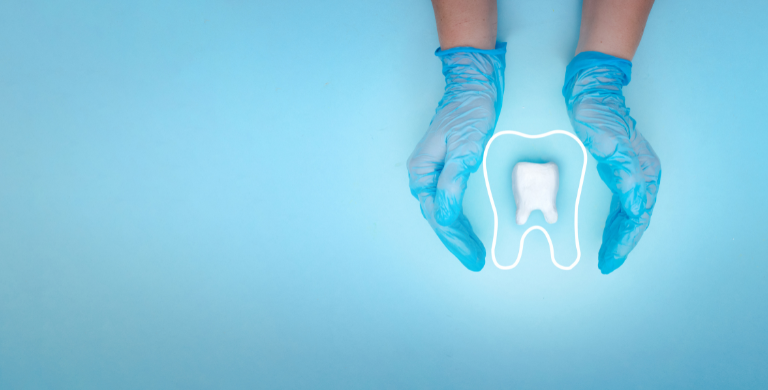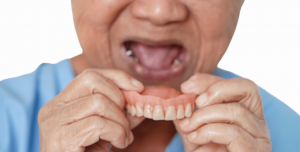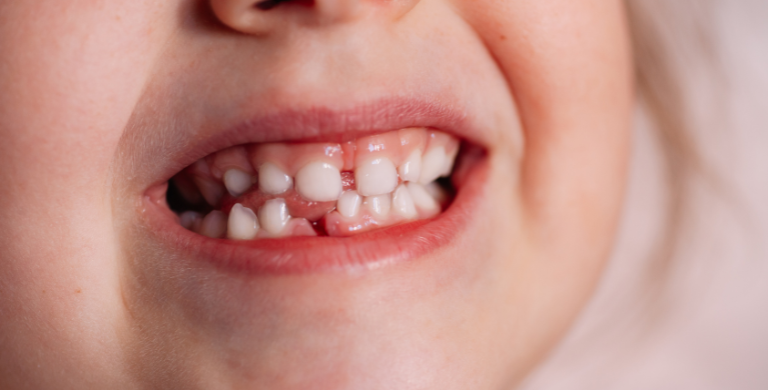Tooth stains are a common dental issue that can affect anyone. They occur when external substances, such as food, beverages, or tobacco, adhere to the surface of the teeth. These stains can vary in colour, from yellow to brown, and can be categorised into two types:
- Extrinsic stains: These are superficial stains that occur on the outer layer of the tooth (the enamel). They are often caused by consuming pigmented foods and drinks like coffee, tea, red wine, and certain fruits. Smoking and poor oral hygiene can also contribute to extrinsic stains.
- Intrinsic stains: These stains are deeper and occur within the tooth’s structure. They can result from various factors, including certain medications, trauma to the tooth, excessive fluoride exposure during childhood, or developmental conditions. Intrinsic stains are more challenging to remove and may require professional treatment.
What are cavities?
Cavities, also known as dental caries or tooth decay, are areas of permanent damage on the hard surface of your teeth. They develop when acids produced by bacteria in your mouth erode the enamel, the tooth’s protective outer layer. Unlike tooth stains, cavities can cause significant dental issues if left untreated.
Signs and symptoms of cavities:
- Visible holes or pits: Cavities often manifest as visible ones on the tooth’s surface.
- Tooth sensitivity: Experiencing sensitivity to hot, cold, or sweet foods and beverages can signify cavities.
- Pain or discomfort: Persistent toothaches or pain while chewing can indicate the presence of cavities.
- Dark spots or discolouration: Although cavities can sometimes appear as dark spots, they differ from surface stains and often indicate deeper damage.
Preventing tooth stains:
- Maintain good oral hygiene: Brushing twice daily and flossing regularly can help prevent the buildup of stain-causing substances.
- Avoid stain-causing foods and drinks: Limiting consumption of coffee, tea, red wine, and other pigmented foods can reduce the risk of stains.
- Quit smoking: Tobacco use is a significant contributor to tooth discolouration.
Treating tooth stains:
- Professional cleaning: Regular dental cleanings can help remove extrinsic stains.
- Whitening treatments: Professional or over-the-counter whitening products can help brighten your smile.
- Veneers: Dental veneers can provide a cosmetic solution for stubborn intrinsic stains.
Preventing cavities:
- Practice good oral hygiene: Regular brushing, flossing, and using fluoride toothpaste can help prevent cavities.
- Eat a balanced diet: Limiting sugary snacks and drinks can reduce the risk of tooth decay.
- Regular dental check-ups: Routine visits to your dentist can help detect and address cavities early.
Treating cavities:
- Fillings: Small cavities can be treated with dental fillings to restore the tooth’s structure.
- Crowns: A crown may be necessary to protect and strengthen the tooth for more extensive decay.
- Root canal treatment: If the decay reaches the tooth’s pulp, a root canal may be required to remove the infection and save the tooth.
Understanding the differences between tooth stains and cavities is vital for good oral health. While stains can affect the appearance of your smile, cavities pose a more serious threat to your dental health. By practising good oral hygiene, visiting your dentist regularly, and being mindful of your diet, you can keep stains and cavities at bay. Remember, a bright and healthy smile is just a few good habits away!












